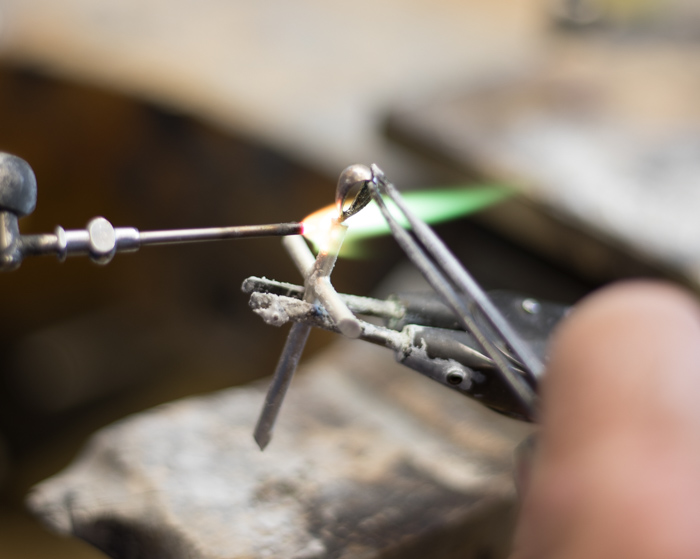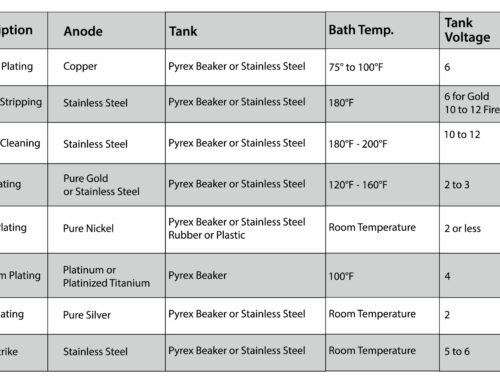Soldering Smart: A few tips to help you ensure your repair work is of the highest quality.
- Always use a heat source that suites the application. For example: Gas and compressed air is just what you need when soldering with a torch – it gives a good flame that is easily adjusted and moveable, allowing you to heat the whole joint area, preventing heat concentration in one place.
- Make sure that the setting fits the shank properly. If you are trying to fill a gap with solder, you can easily overheat the setting while you’re working. Excess solder will lead to a weak joint because of solder’s brittle nature.
- Ensure that you have a close, accurate fit between the parts being joined.
- If dissimilar sized joints need to be joined, remember to heat the heavier piece more, to maintain even temperatures.
- Clean the joint faces with either emery paper or a file to remove any rough surfaces, grease, dirt, oxide and tarnish.
- If the metal has oxidized, the solder won’t flow and you’ll end up overheating the piece by trying to force it to flow. Instead, remove the heat and then clean and re-flux the joint. After that, you should be able to proceed as usual.
- Apply flux joint faces prior to heating. It will chemically remove any residual tarnish or oxide, and allow the solder to flow. If insufficient flux is used, the solder won’t flow easily and can lead to overheating and pits in the joint and other problems can occur.
- You can apply solder in two different methods. The first method involves pre-placing it at or in the joint, and then heating until the solder flows. The second method involves feeding the solder into the joint after the joints have already been brought to temperature.
- Do NOT heat the head of the setting directly. Instead, rely on heat transfer to heat the setting and apply your torch to the shank surrounding the setting. In this situation, it is best to use a soft flame to reduce the likelihood of overheating the prongs.
- Remember: heat from the joint should always lead the solder to flow, never direct the heat onto the solder.
- Solder will always flow towards the hottest part of the piece, so be sure to keep the heat localized at the joint area to prevent unwanted solder flow.
- Quench with caution. Never quench a ring while it is still red hot, you should wait at least 45-60 seconds before placing it in the pickle. And when it comes to white gold rings, you should never quench them at all as the quenching will cause brittleness in the metal.






Thanks! I always appreciate solder tips.